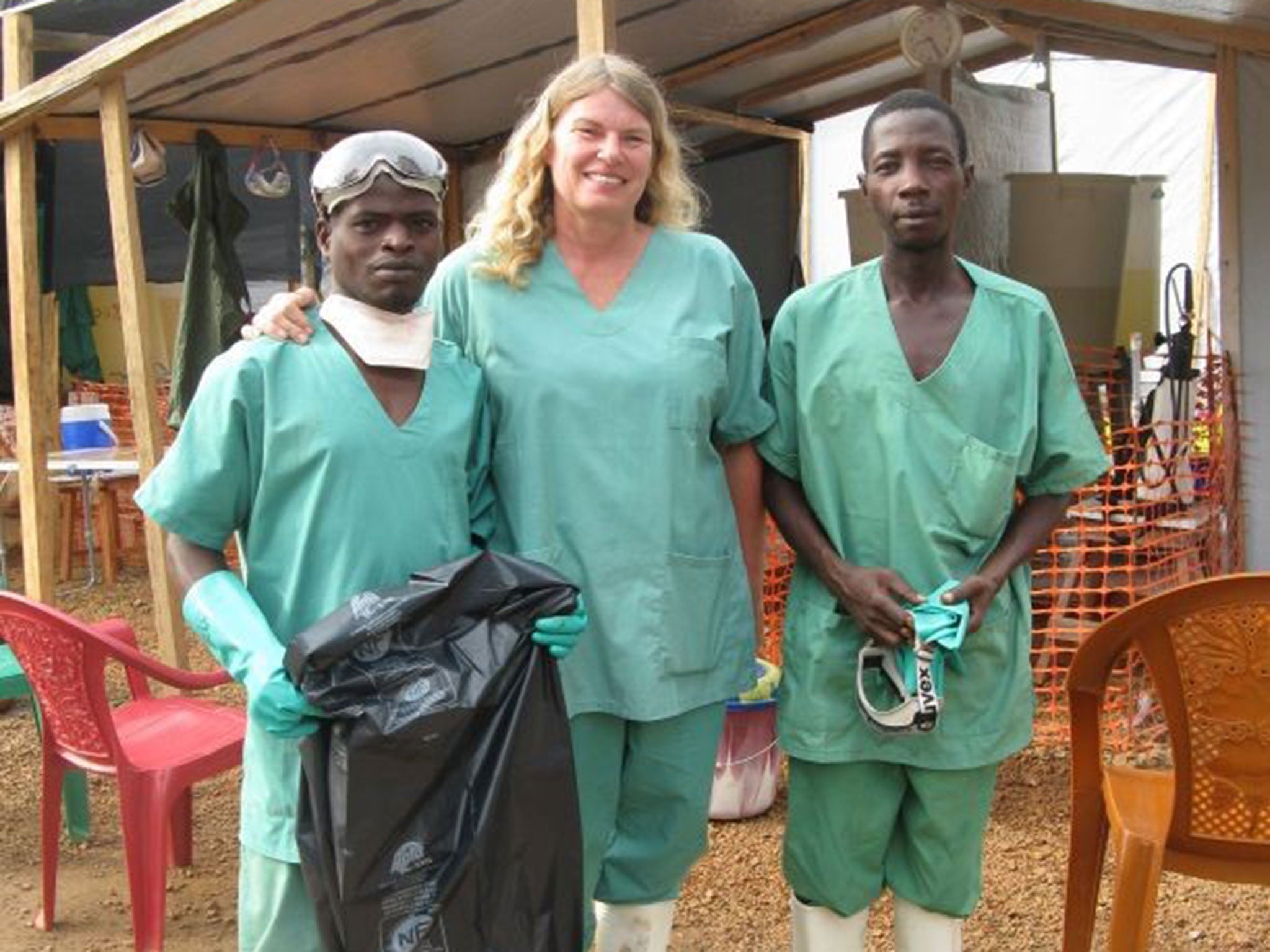Eyewitness: A day at an Ebola treatment unit
I enter... it could be a scene from a horror film

I wake with a sore throat. It's almost certainly due to inhaling chlorine fumes from our disinfectant, but since two people working for another NGO tested positive, paranoia has set in, so I take my temperature for the 10th time that morning.
It's my last day of work, so I'm going to the Ebola treatment unit to say goodbye to the staff and to lend a hand; in the past week, some local staff have resigned or just not turned up. I can't blame them – they're scared.
Arrive at the treatment centre. Hear the predictable news of many deaths inside. Get dressed up in protective clothing, with Sara, an MSF doctor. Three hygienists are joining us to move the bodies. We label the body bags before entering. I like to double-bag bodies but now there aren't enough bags to go round.
After checking that not a millimetre of skin is showing, enter the zone for suspected cases. Empty the buckets of faeces and vomit and say cheerful good mornings to the patients. I spray chlorine solution as I go – we touch nothing without spraying, even though we wear three pairs of gloves.
Enter the zone for confirmed cases. This should house 10 patients, but in fact has 14.
It's very humid and my tiredness has made the time I can stay in the protective gear shorter. Sweat is dripping into my eyes. I cross the outdoor area, where body bags are lying on the ground. The morgue is full so now we are leaving the dead outside. The burial teams can't keep up. I turn the corner and find a dead man in the doorway. Looks like he crawled there.
I enter... it could be a scene from a horror film. In this room, four patients have died and some of them have bled profusely. Blood has mixed with chlorine and faeces on the floor. We struggle to get the bodies into the bags. One hygienist leaves after bagging the first body, a second follows. The remaining hygienist will only hold the chlorine spray. The final two bodies defeat us and we move to the decontamination area. The next team will have to finish the task – the possibility of fainting from heat exhaustion is high and dangerous.
Cokie Van Der Velde is a sanitation specialist with Médecins Sans Frontières in Liberia and Guinea
Join our commenting forum
Join thought-provoking conversations, follow other Independent readers and see their replies
Comments
Bookmark popover
Removed from bookmarks